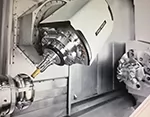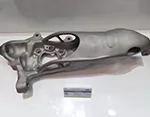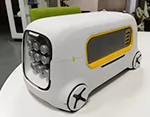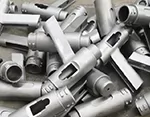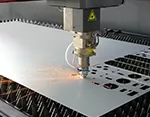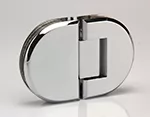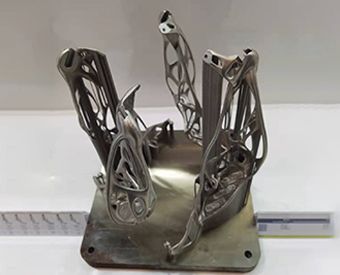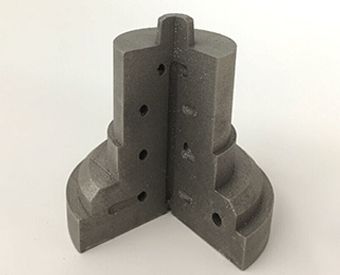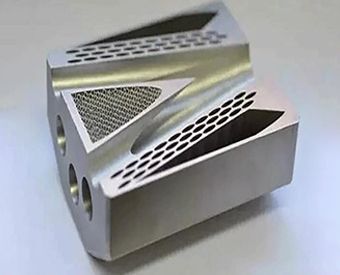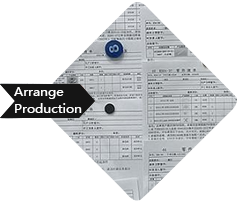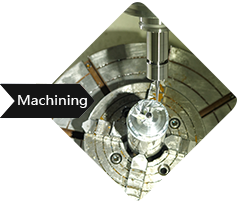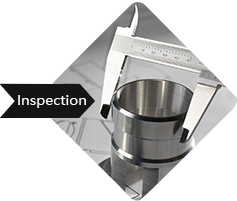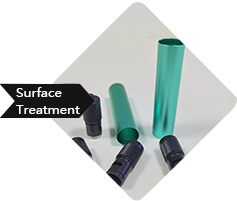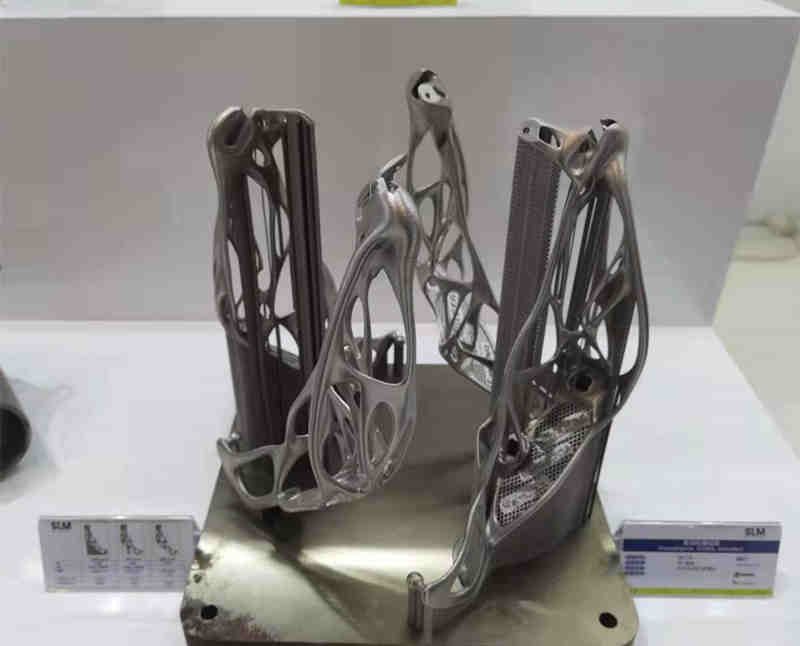-
Service
+
- CNC Precision Machining Service +
- Multi-Axis Simultaneous Machining Service +
- CNC Turning Service +
- Metal 3D Printing Service +
- Rapid Prototyping Service +
- Die Casting Service +
- Sheet Metal Fabrication Service +
-
Finish Serivces
+
- Polishing
- Grinding
- Brushed Finish
- Sand blasting
- Painting
- Powder Painting
- Anodizing
- Hard anodizing Service
- Passivation
- Zinc Plating
- Nickel Plating
- Chrome Plating
- Blackening
- Black Zinc Plating
- Teflon Coating
- Titanium Coating
- DLC Coating
- Laser Marking
- Silk Screen Printing
- Transfer Printing
- Micro Arc Oxidation
- Industries +
- About Us +
- Resource +
- Contact Us
- Quote

-
Service
-
>
-
>
-
>
-
>
-
>
-
>
-
>
-
>
-
- Industries
- About Us
- Resource
- Contact Us
Die Steel 3D Printing Service is very popular in rapid prototyping. Die steel is widely used in the manufacturing of tooling elements such as cores and inserts of die casting and injection moulding tools. The 3D printing metal powder, EOS Maraging Steel MS1, which is a fine powder form of maraging steel. The composition of MS1 mold steel corresponds to American classification standard 18 maraging steel 300, European 1.2709 and German X3NCoMoTi18-9-5. This steel is characterized by very good mechanical properties, and can be heat treated easily. The excellent hardness and strength can be earned by using a simple heat age hardening treatment. The parts made of MS1 die steel have good machinability, and the hardness that can be obtained by age hardening is about 55HRC. This steel is commonly used in complex tools, but also in high-performance industrial products such as in aerospace applications.
Upload your STL files and 2D drawing, as well as the detail of material, quantity and finish. Our Sales will contact you at once.
The Metal 3D Printing Equipment
SLM280

Technical Parameters of Metal 3D printing
1. The maximum printing size of metal 3d printer: 280x280x350mm;
2. 3D printing layer thickness: 0.02mm~0.04mm;
3. The achievable accuracy of 3D printing: typical accuracy: ±0.02-0.05 mm (Accuracy is related to geometry. It varies according to product size, printing direction, materials and post-processing methods.);
4. Post-processing: high temperature annealing, polishing, welding and other processing;
Regular Production Standard of Tolerance
| Small parts (<80×80mm) | About 20μm about 0.8×10-3 inches |
| large parts | About 50μm about 0.002 inches |
| age hardening shrinkage | About 0.08% |
| Minimum wall thickness | About 0.3-0.4 room meters about 0.012-0.016 inches |
| Surface roughness | |
| MS1 surface (20 microns) | Ra 4μm; RZ20μmRa 0.16×10-3 inches, RZ0.78×10-3 inches |
| MS1 performance (40 microns) | Ra 5μm; RZ28μmRa 0.19×10-3 inches, RZ1.10×10-3 inches |
| MS1 speed (50 microns) | Ra9μm; RZ50μmRa 0.47×10-3 inches, RZ2.36×10-3 inches |
| After shot peening | Ra 4 - 6.5μm; Rz 20 - 50μm |
| Ra 0.16-0.26 x10-3inch | |
| Rz 0.78-1.97 x 10-3 inches | |
| After polishing | Rz up to < 0.5 μm |
| Rz up to < 0.02×10- inch |
Why choose the die steel for 3D printing? Because the die steel has excellent hardness, wear resistance and deformation resistance, as well as the ability to maintain the cutting edge at high temperature.
Die H13 hot work tool steel is one of them, which can withstand process conditions of indefinite time.
Besides, the Martensite steel, which is used for special die, is also belong to the tool steel material. For example, the martensite 300, is also called mar-aging steel, and is well known by its' high strength, toughness and dimensional stability in the aging process.
These martensite steel are different from other steels, because they are carbon-free and belong to inter-metallic compounds, which are hardened by the metallurgical reaction of rich nickel, cobalt and molybdenum. Due to its high hardness and wear resistance, Martensite 300 is suitable for many mold applications. Such as injection molds, light metal alloy casting, stamping and extrusion, etc.
The Advantage of 3D printing Molds
3D printing molds are mainly used in mold conformal cooling waterways, special-shaped waterway mold inserts, and sliders. 3D printing molds are typically used in precision injection molds and die-casting mold manufacturing. 3D printing Molds has obvious and feasible advantages:
1. Significantly reduce the manufacturing cost, make the mold design cycle consistent with the product design cycle, reduce time and material consumption, thereby improving the overall production efficiency;
2. Effectively reduce residual stress, prevent product warping and deformation, and ensure dimensional accuracy;
3. The feature of 3D printing is that there is no restriction on modeling, even for complex modeling and pipelines in the object. That is to say, the mold conformal cooling water channel can realize the cooling channel design of any shape, which greatly reduces the cooling time;
4. Compared with traditional mold manufacturing methods, 3D printing molds have longer service life (millions of molds) and higher production efficiency (production cycle shortened by 30%-70%);
3D printing mold process
Mold optimization design → mold flow analysis → 3D printing feasibility analysis → laser sintering 3D printing manufacturing → high temperature tempering, polishing and other follow-up treatments.
In this way, the metal powder of die steel is widely used in 3D printing.components.

